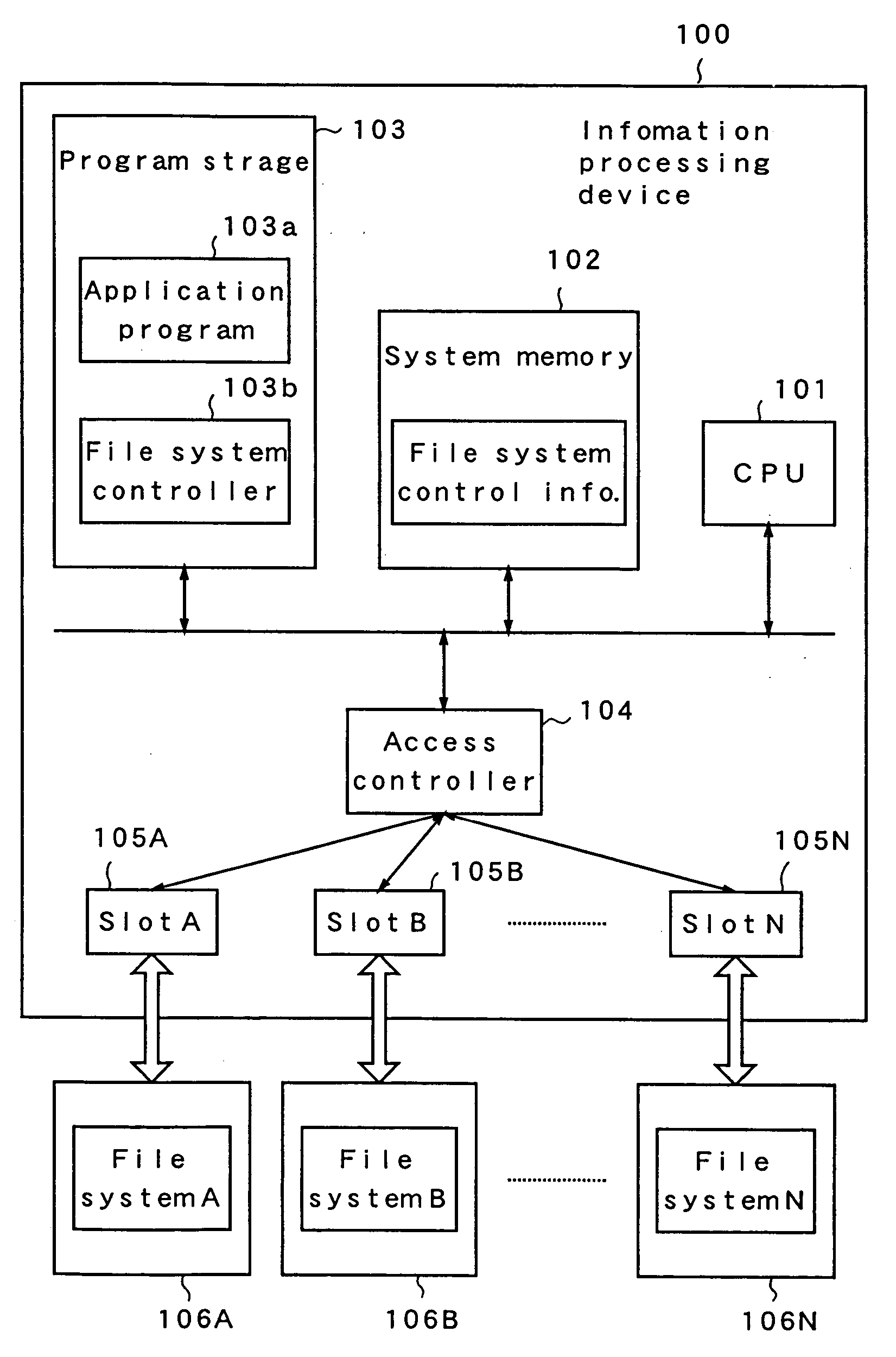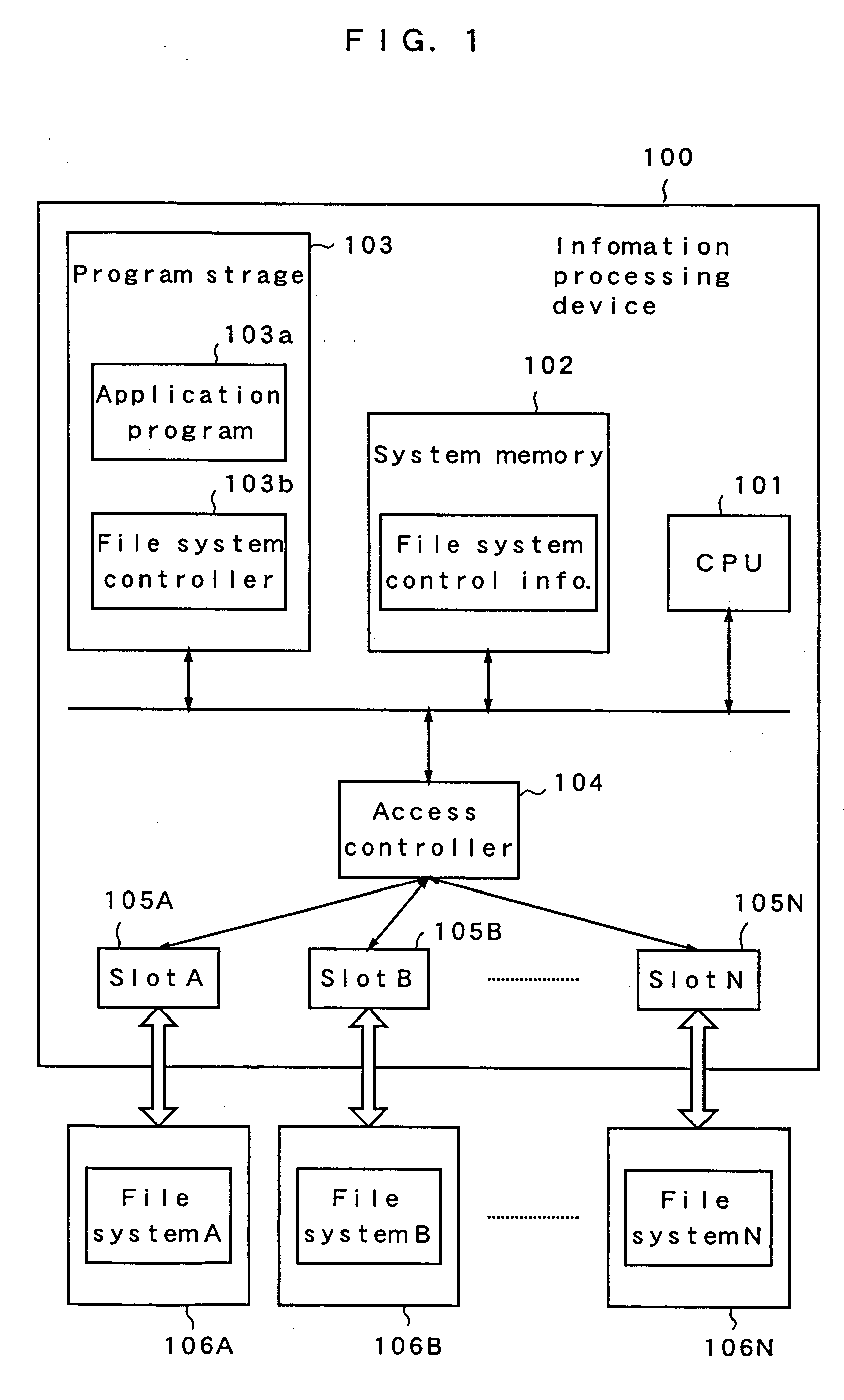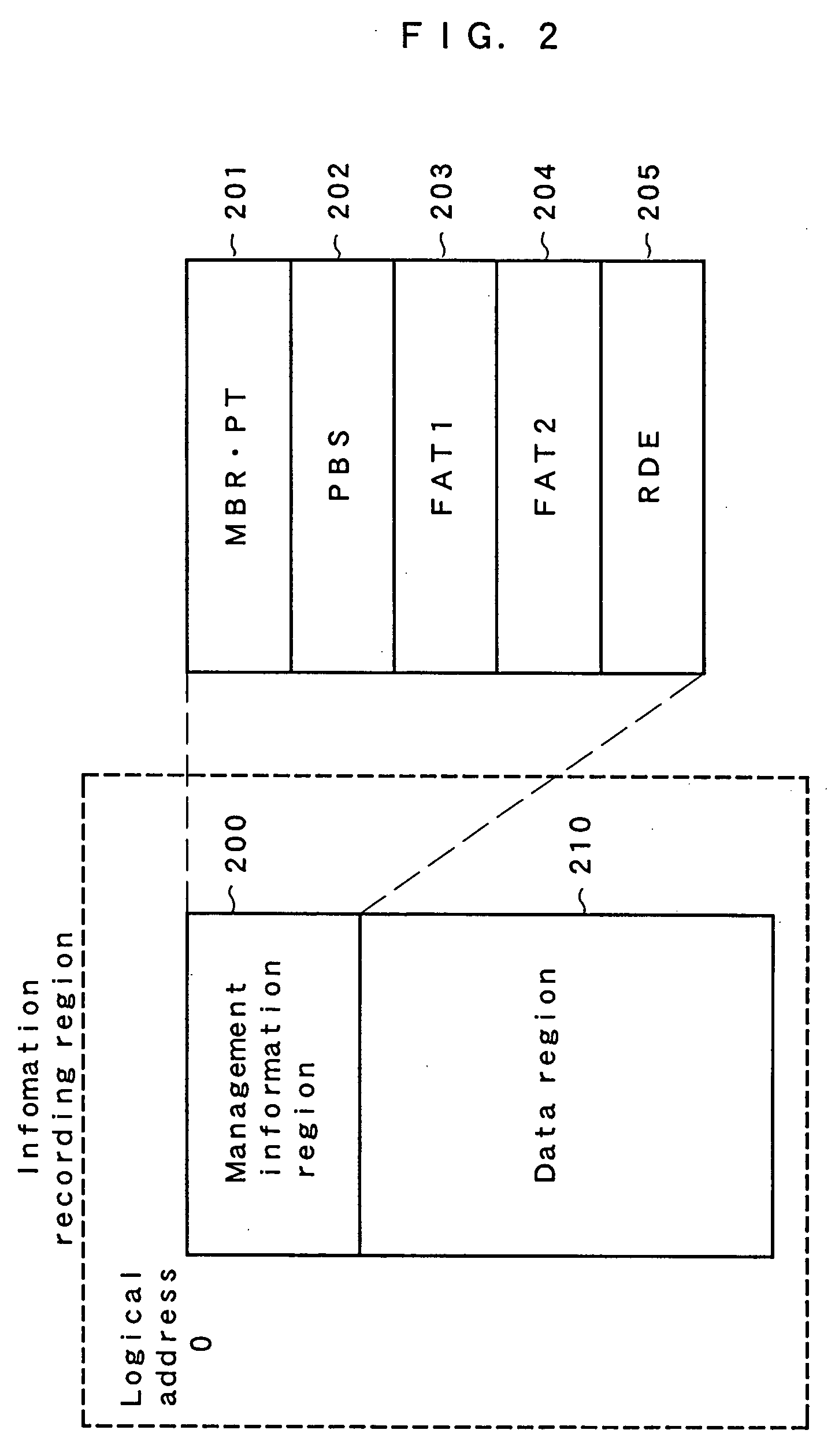Inhibiting biofilm formation by thermophilic microbes in paper and board machines
a thermophilic microbe and paper board machine technology, applied in the nature of treatment water, biocide, disinfectants, etc., can solve the problems of web breakage, difficult washing of biofilms from paper machine surfaces, and impairing paper quality
- Summary
- Abstract
- Description
- Claims
- Application Information
AI Technical Summary
Benefits of technology
Problems solved by technology
Method used
Image
Examples
example 1
[0053] The number of pure substances that were studied totalled 110. Table 1 shows the nine pure substances that had a strong anti-biofilm effect against more than one adhering bacterial strain (a reduction of biofilm of more than 50% for more than one of the strains tested).
[0054] Three pure substances (lauryl gallate, octyl gallate and nordihydro quaiaretic acid) had a broad-spectrum anti-biofilm effect, as they decreased the biofilm formation of all four different adhering bacteria in the concentration of 250 μmol 1−1. The gallates, especially the lauryl gallate, were also effective in the content of 25 μmol 1−1. The molecular weight of the lauryl gallate is 338.45 g mol−1, i.e., the substance had a broad-spectrum anti-biofilm effectiveness at a content of 8.5 mg 1−1 (=8.5 ppm). The octyl and lauryl gallates decreased the adherence of biofilm bacteria to the surfaces by more than 90% at best in a lean nutrient solution (in the content of 250 μM against Deinococcus geothermalis a...
example 2
[0056] Further studies were conducted on the best anti-biofilm agents of Example 1 by including in the test several bacterial strains, and also testing without SDS washing.
[0057] The adhering bacterial strains E-1vk-R2A-1 and E-jv-CTYE3, which were isolated from the paper machine and not yet identified, and the Aspergillus fumigatus mould G3.1 were included. The reference substance used was the commonly used biocide Fennosan M9, whose effective ingredient is methylene bisthiocyanate (9%). The results are shown in Table 2.
[0058] The gallates proved to also be effective against the new adherers. They were also effective without SDS washing, which leads to the conclusion that the influencing mechanism of the substances comprises the inhibition of biofilm formation. Both the lauryl and the octyl gallates were active against most test microbes even at the content of 25 μM. They were also effective against the B. cepacia and Thermomonas biofilms that are difficult to control. Surprising...
example 3
[0059] The anti-biofilm effect of the most effective pure substances of Example 1 was also studied in paper machine water cultivation (white water, 1 g / l of starch and 300 mg / l of a yeast extract was added, sterilized, 250 μl / cup, pH 7, inoculation 2%, growing 48 h, 45° C., 160 rpm). The results are shown in Table 3. Octyl and lauryl gallates decreased the adhesion of biofilm microbes to the surfaces by more than 90% at best in sterilized white water (in a content of 25 μM against Meiothermus silvanus and the adhering bacterium E-jv-CTYE3). In order for the adhering bacteria to form biofilm in paper machine water, a longer cultivation time is required. The effect of both the pure substances and that of M9 remained minor, perhaps because of the longer time of cultivation. In the paper machine environment, this problem does not exist, as the active ingredient is added into the process at regular intervals.
TABLE 3Anti-biofilm effect of the best pure substances (in DMSO) in white wate...
PUM
| Property | Measurement | Unit |
|---|---|---|
| Temperature | aaaaa | aaaaa |
| Temperature | aaaaa | aaaaa |
| Temperature | aaaaa | aaaaa |
Abstract
Description
Claims
Application Information
 Login to View More
Login to View More - R&D
- Intellectual Property
- Life Sciences
- Materials
- Tech Scout
- Unparalleled Data Quality
- Higher Quality Content
- 60% Fewer Hallucinations
Browse by: Latest US Patents, China's latest patents, Technical Efficacy Thesaurus, Application Domain, Technology Topic, Popular Technical Reports.
© 2025 PatSnap. All rights reserved.Legal|Privacy policy|Modern Slavery Act Transparency Statement|Sitemap|About US| Contact US: help@patsnap.com



